Election Coverage
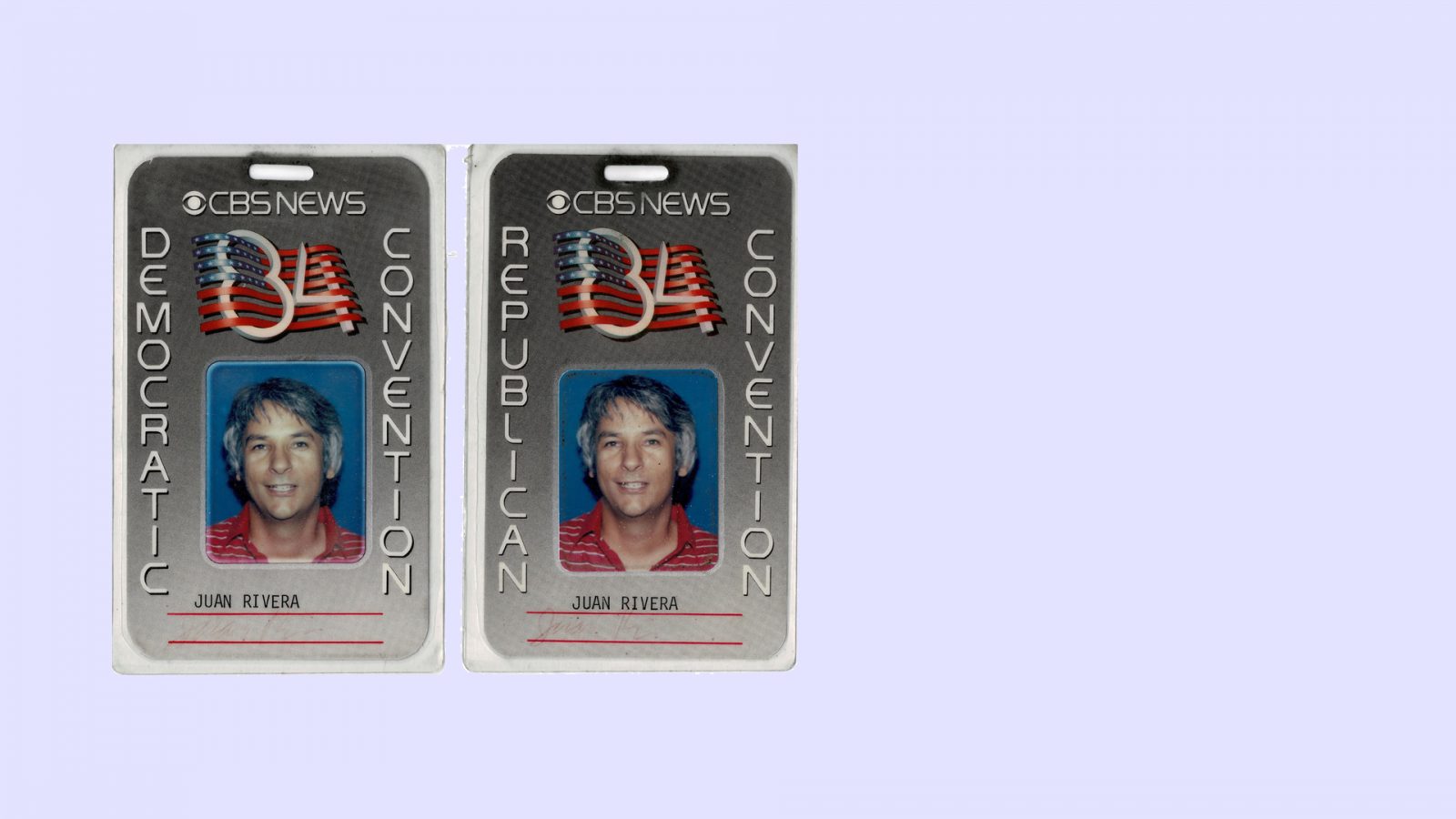

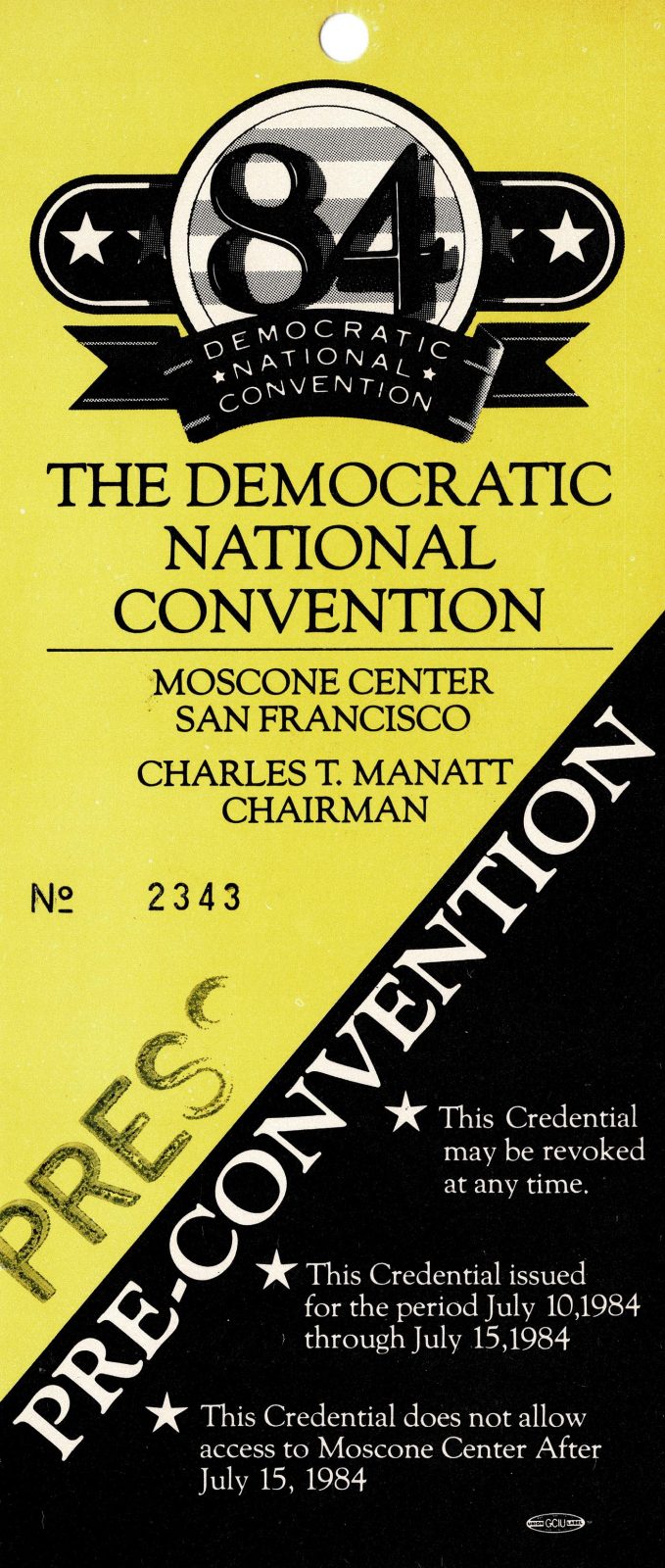
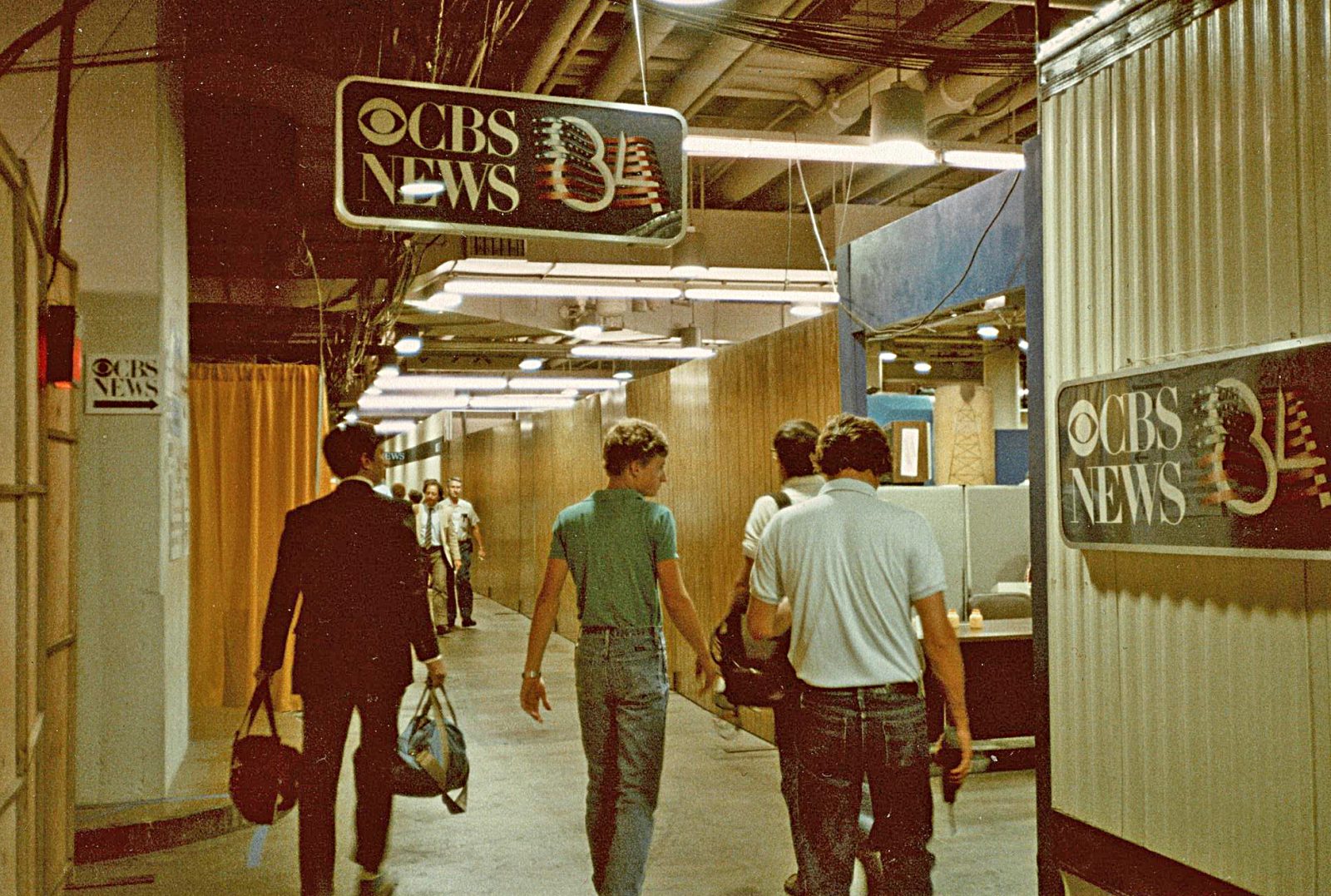
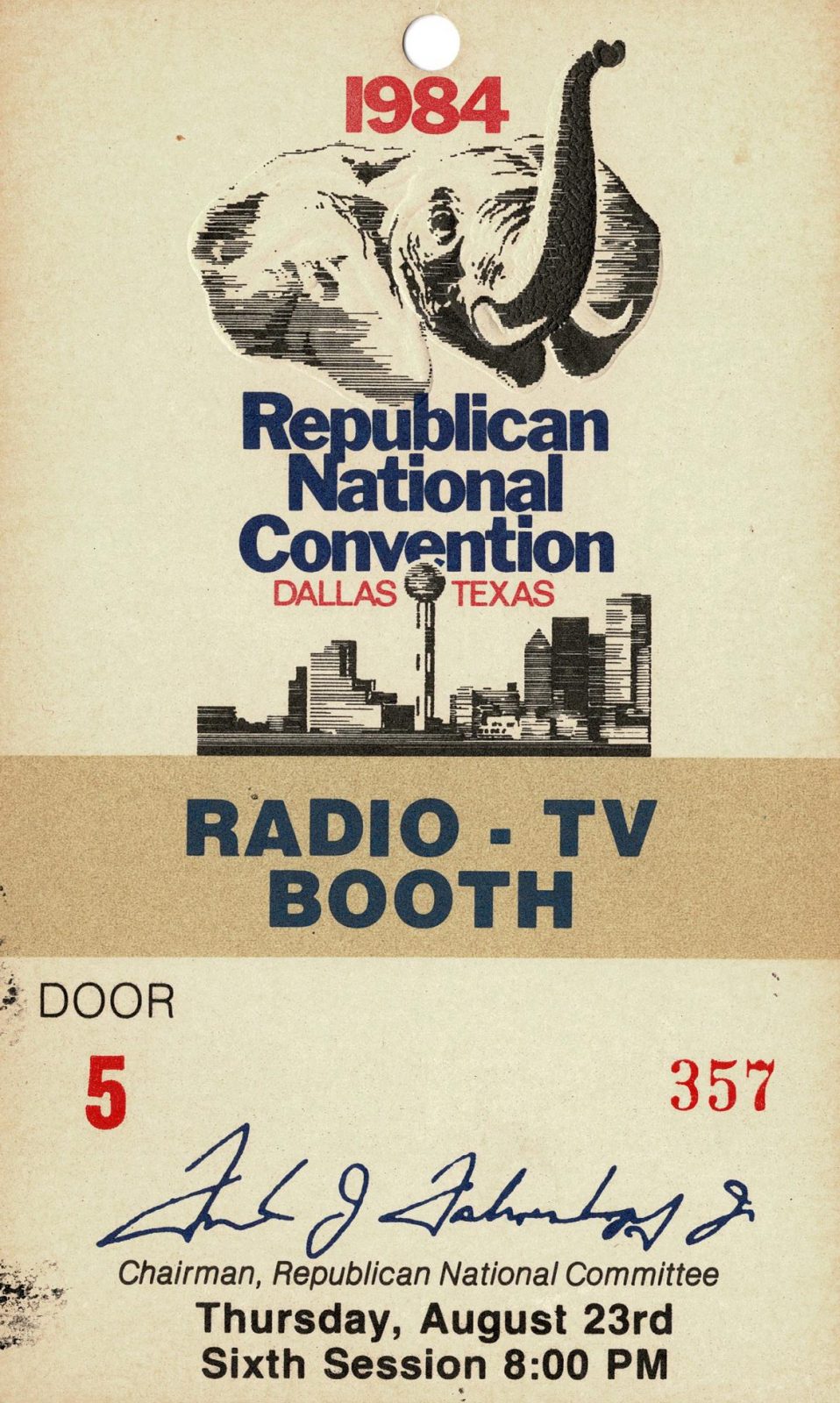
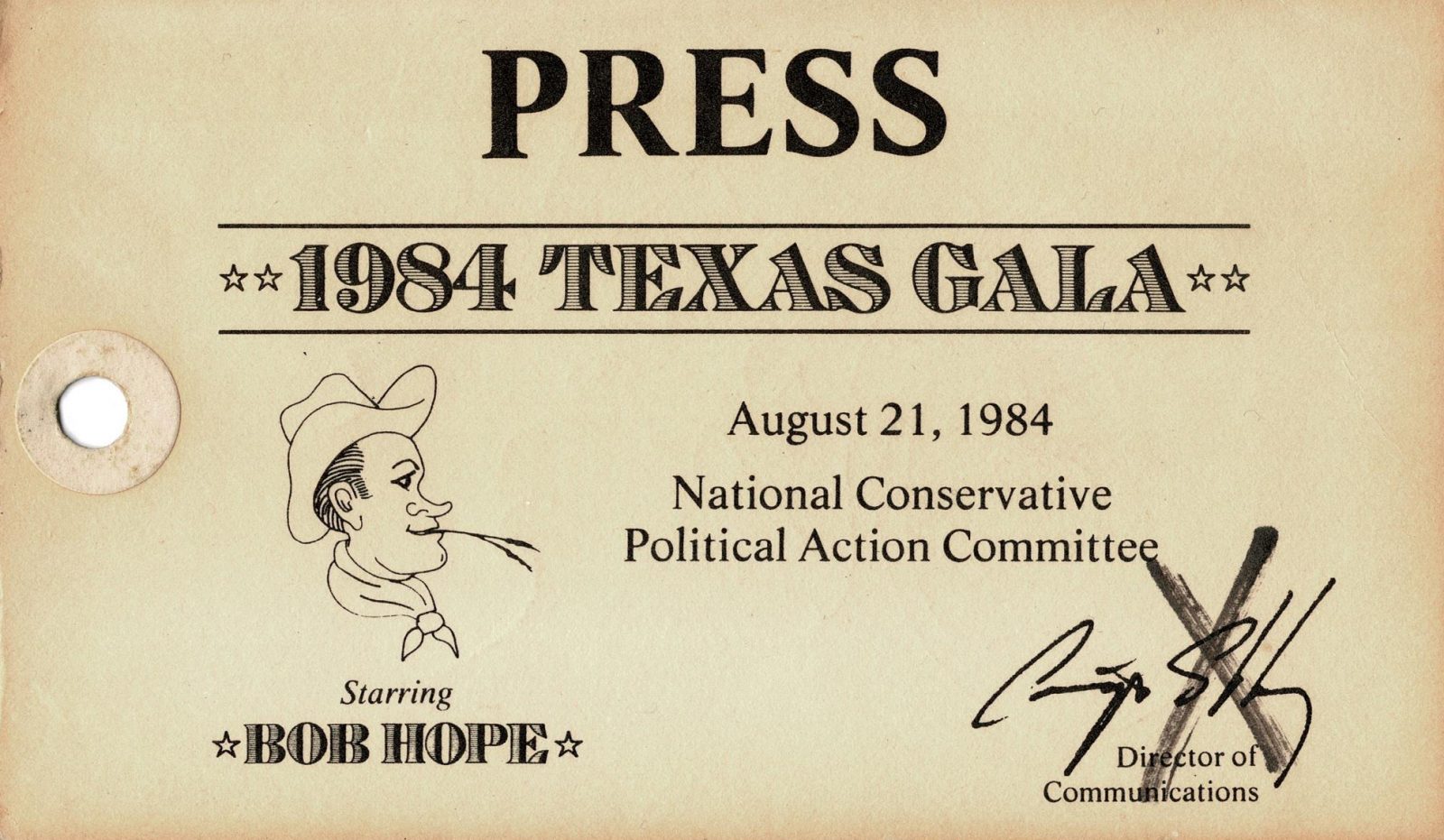

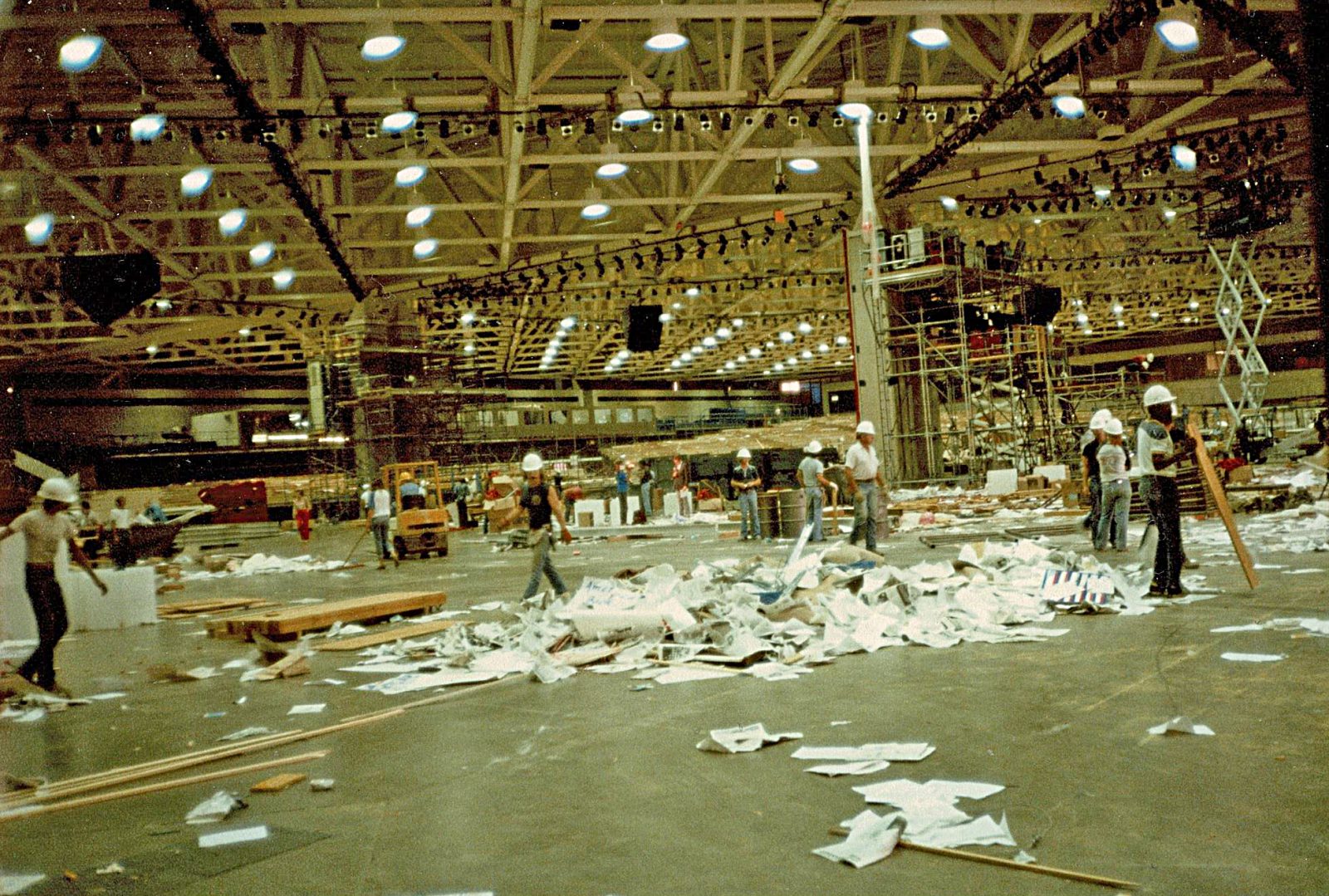
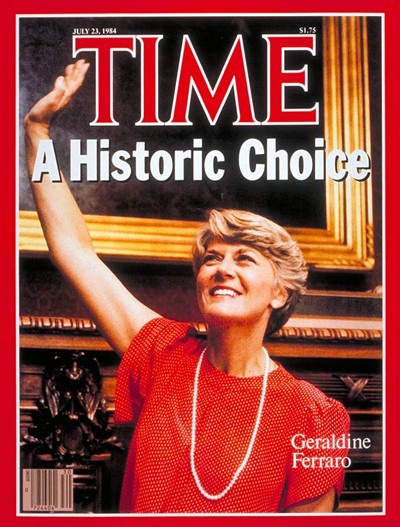
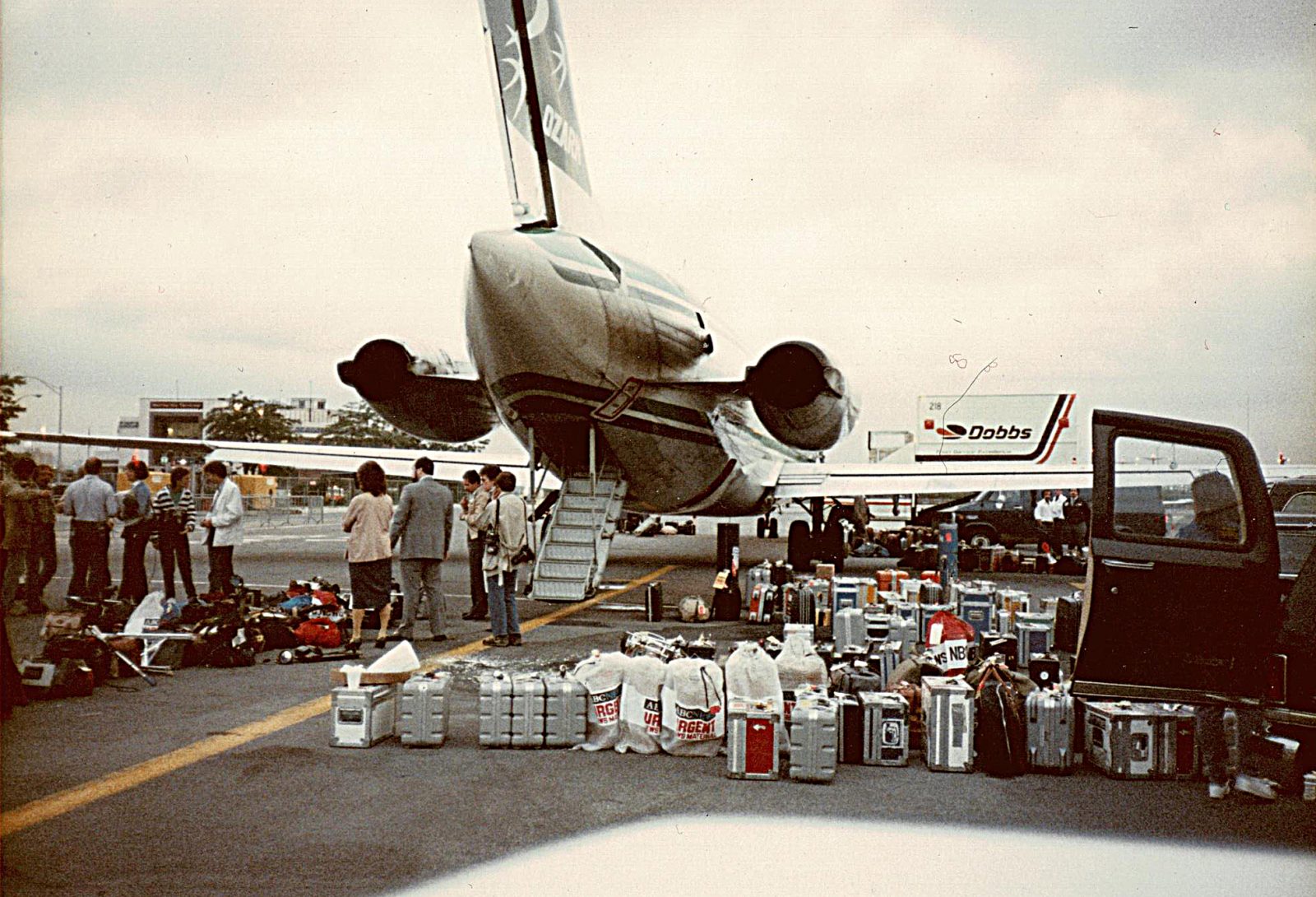
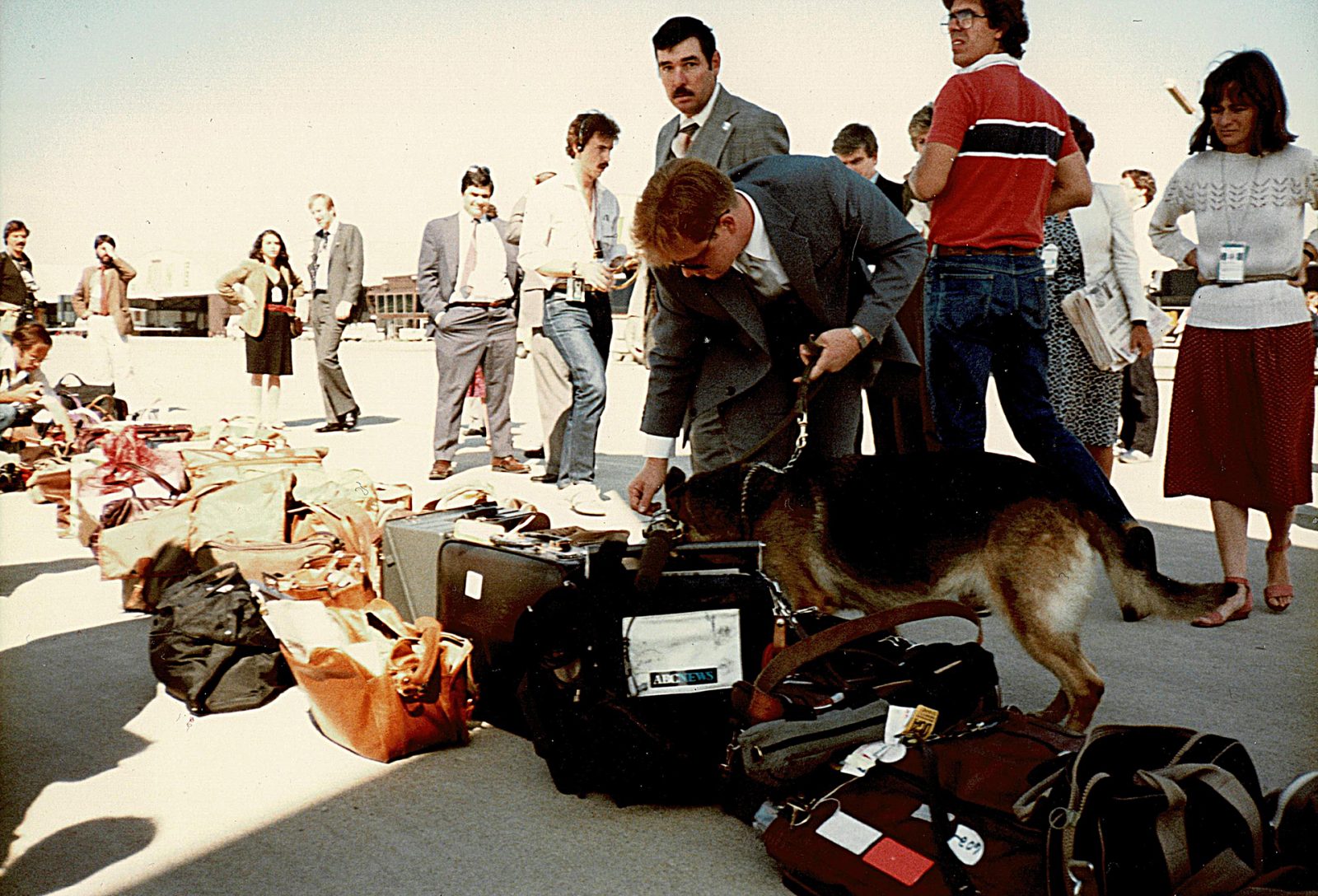
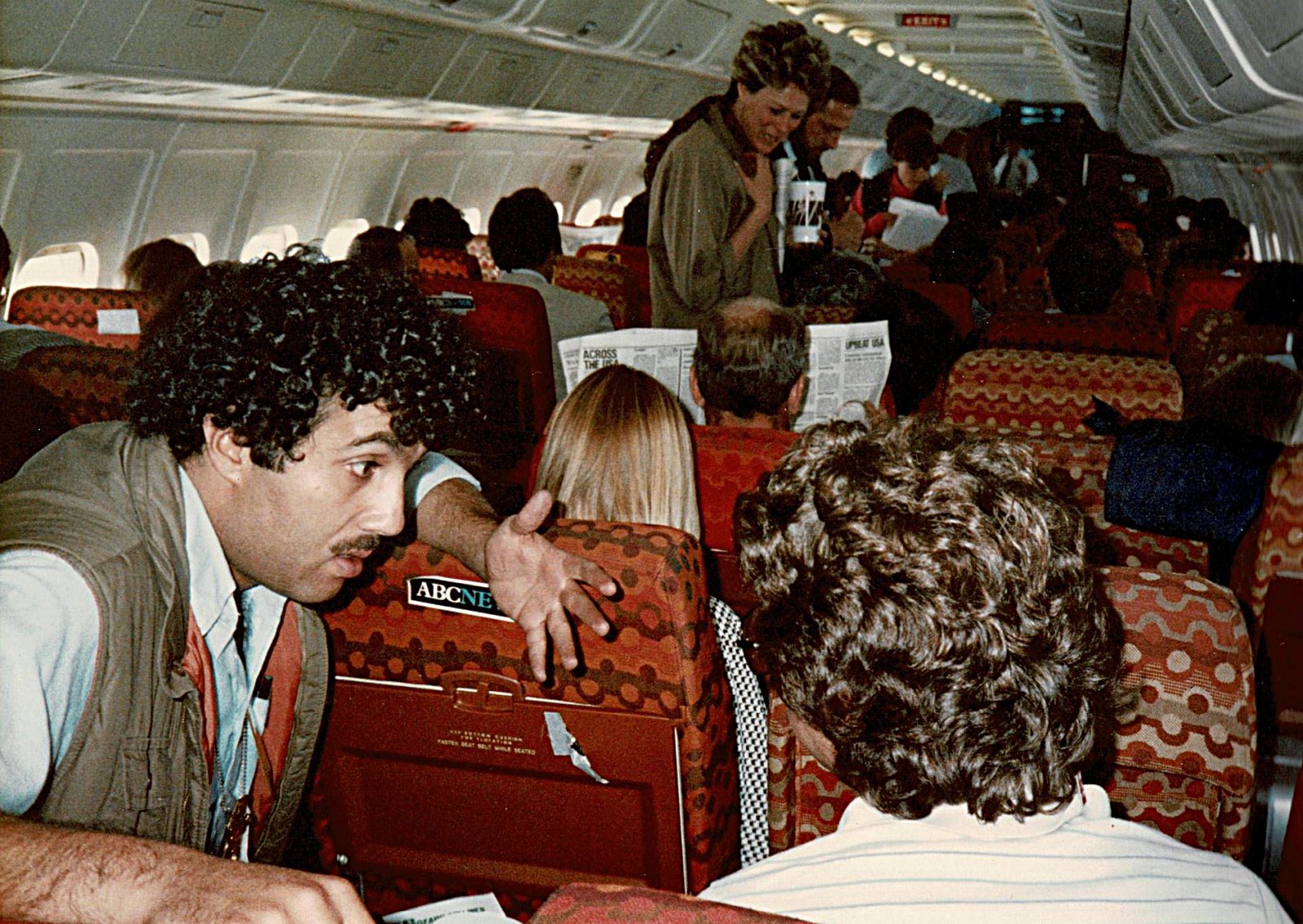
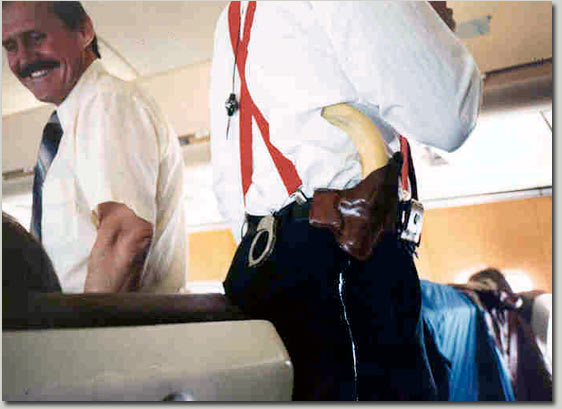
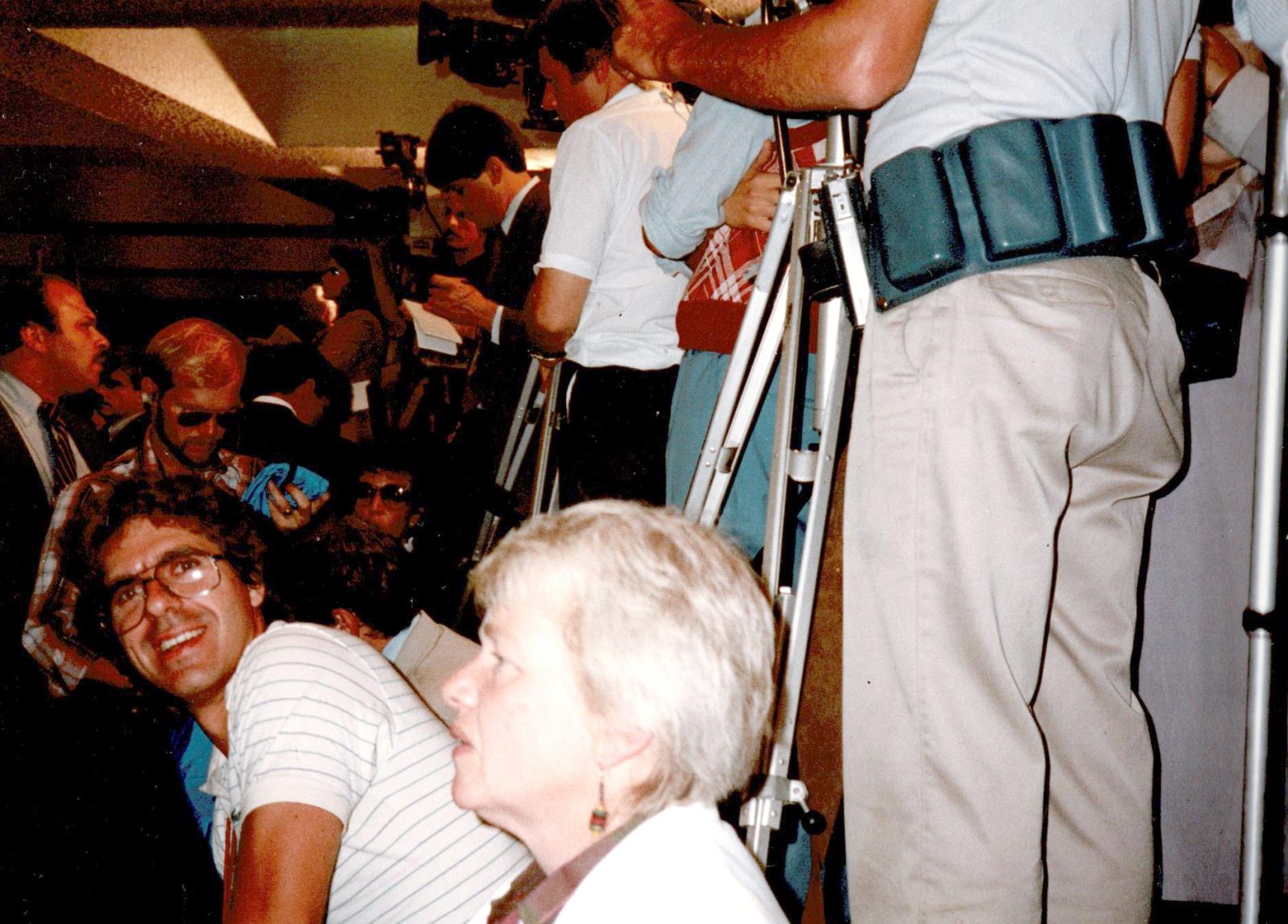
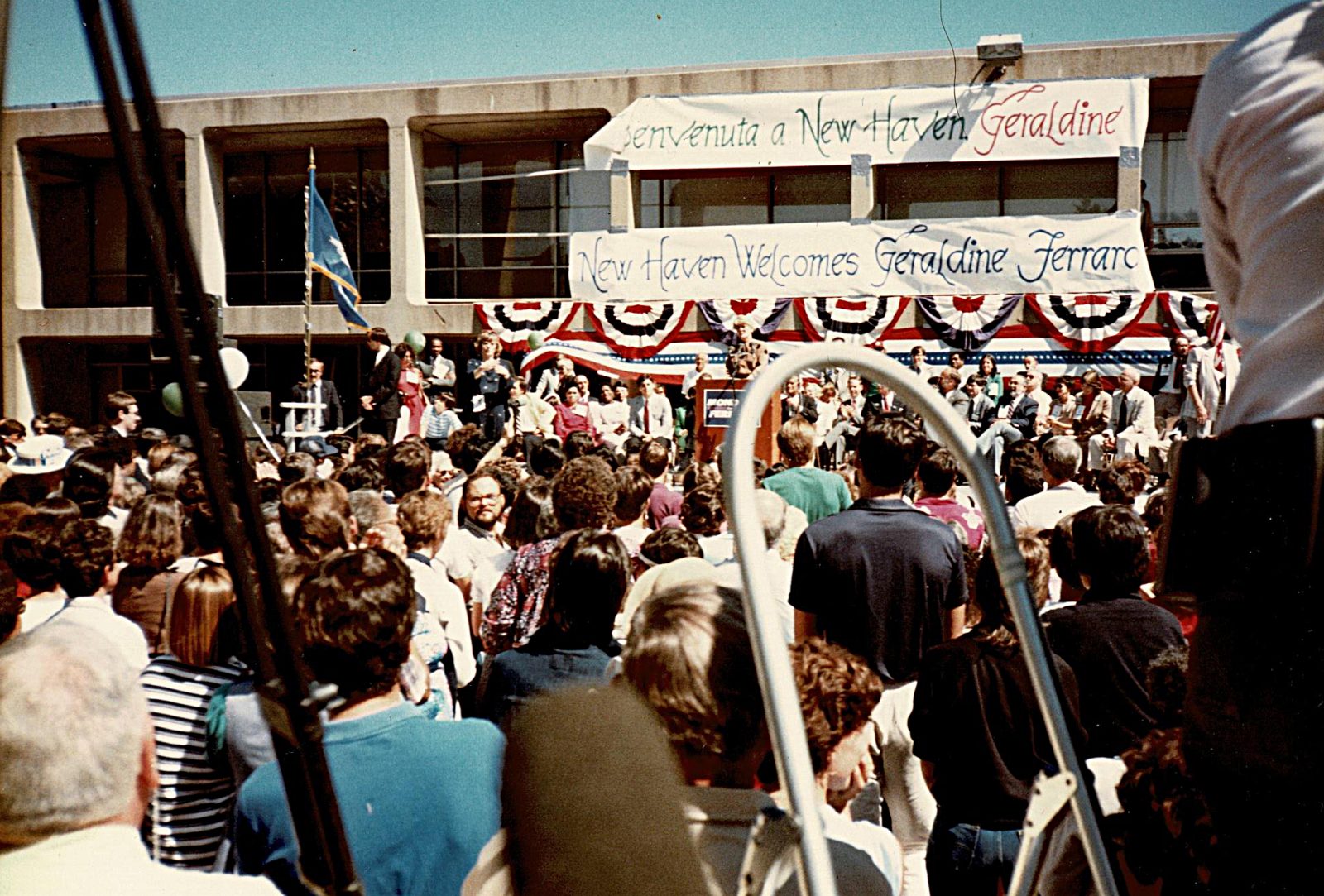
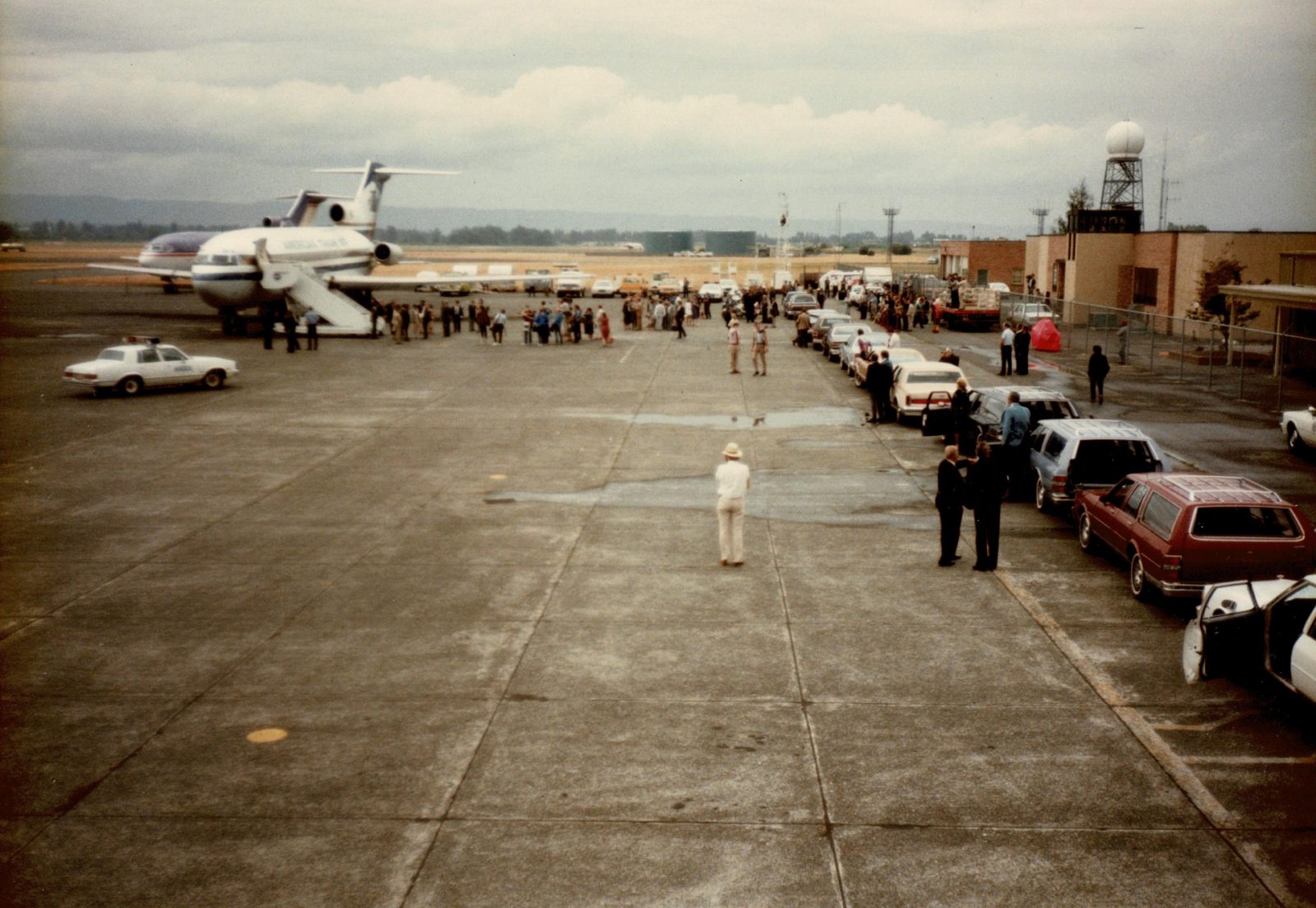

In 1983 I spent 5 weeks on the road with the Geraldine Ferraro vice-presidential campaign, and then covered both presidential conventions for CBS News.
The Ferraro campaign visited two states a day, with two campaign stops in each state. During my five weeks with the campaign we visited all 48 states in the continental US. On the weekends we returned to New York where the candidate lived. When she was at home we camped out across the street to cover her every move if she left the house.
During those five weeks I averaged 75 hours of overtime a week. We traveled from state to state on a chartered jet, and within a state via a motorcade with Secret Service and local police protection. We lived inside a protective bubble. The freeways were shut down in front and behind our motorcade and aircraft patrolled overhead. Being inside that Secret Service protective bubble is an experience that most people can’t imagine. It was quite an experience.
In 1984 I had an opportunity to work for CBS News to cover the presidential campaign. At the time I had been working for KRON TV for five years. It had been a generally unpleasant experience, so I jumped at the chance and became a freelance engineer for the preeminent network in the country – CBS.
My first assignment was right in my backyard. The Democratic national convention was held at the Moscone Center in San Francisco in July. I’d covered events there for many years, so the work was no different from what I was used to – interviews with folks of interest to a national audience, and introducing viewers who had never been in this area to San Francisco.
These particular credentials would get me into the CBS News areas. Other credentials were required from local law enforcement, the Secret Service, and the convention center for access to the facility and to protected individuals such as the president. We hung all of these around our necks like a necklace.
Here’s one more press pass for my necklace. This one would allow me access to all the convention areas for the five day period from July 10th through the 15th. Notice that it was numbered. When passing through the security gauntlet at the convention center entrance, a security person would compare that number with their list to see if it matched. It paid to be organized since gaining access to the convention center could take half an hour. You didn’t want to leave and then realize you needed to return again to shoot something that you forgot.
The problem with making this slideshow is that I wasn’t in a position to take a bunch of still pictures while I was working. That would be a great way to get fired. So I’m left with shots like this of the CBS press area which was hidden from public view in the bowels of the Moscone Center.
Everything that you see was created for this event and completely torn down once it ended. The networks left hundreds of miles of cables which were salvaged by electronic waste recyclers once the networks all pulled out.
After five weeks on the road we headed home for a rest and then headed to Dallas, Texas for the Republican convention. The existing neworks studio cres took care of the convention coverage and we spent most of our time outside doing background pieces. It was extremely hot and humid there and I remember sweat running down my back, down my legs, and into my shoes. They went squish, squish as I walked…
The next assignment was the Republican convention in Dallas, Texas which took place in August. That left a gap of about three weeks between assignments. As a freelance CBS News employee I was only paid when I was working. That took some getting used to!
Similar security precautions were in effect in Dallas. This pass was also numbered and tightly controlled, and it only granted me access to Door-5.
The social highlight of the convention was a Huge get-together thrown by Bucky Hunt – one of the richest men on the planet. Bob Hope was the star of the entertainment.
The CBS crew were going to stick out in Levi’s and tee shirts, so the network sprung for the rental cost of tuxedos for their intrepid crew. That’s me on the right.
Once the conventions ended the networks packed up their gear and left behind hundreds of miles of cables for the recyclers to salvage, and a huge mess for the convention staff to clean up and prepare for the next event. Both political parties had chosen their candidates, and the four simultaneous campaigns began. We were assigned to cover the first female chosen to run for the office of vice president – Geraldine Ferraro. It was time to hit the road…
We joined the Ferrero campaign at the beginning as I recall. It was an extremely hectic pace. We hit two different states each day, five days a week. In each state there were two campaign stops. We traveled by chartered jet and motorcade exclusively – always inside a Secret Service protective bubble.
That schedule resulted in eight motorcades and three flights each day. My work started at around 5:30 AM with a trip to a secure room in a hotel to pick up equipment, and usually ended around 1:00 AM after trailing Ferraro in the evening to private dinners and meeting with donors or campaign staff. I averaged 75 hours of overtime a week.
Each day started at around 5:30 AM when I went to a secure room in a hotel to collect all of our charged batteries, battery chargers, and cases of equipment. We then headed to our plane via motorcade and begane the security screening process.
All the equipment was lined up on the tarmac for inspection, and we were thoroughly screened by the Secret Service. I don’t remember displaying a Secret Service credential. I think we had to be knows to them on sight.
Each morning began with a motorcade from a hotel directly to the aircraft on the tarmac where we unloaded all of our equipment for security screening.
Everyone boarding the aircraft was also carefully screened. Our Secret Service credentials were never used. We were all personally recognized by the protection detail. ID cards and badges can be counterfeited.
Everything and every person that boarded the aircraft was screened by hand, with technical equipment, and a dog…
Once we were on the plane we had a few minutes to relax. The political folks and the Secret Service protective detail were in the front of the plane behind a curtain. Then came the print media, followed by the radio broadcasters. The television crews were at the very back of the plane. Once we landed, we were the first ones off the plane so we could run around to catch the obligatory video of the candidate exiting the plane, waving to the assembled fans, and walking down the stairs.
There were four networks covering the campaign – CBS, NBC, ABC, and CNN. Each network had two teams of three – a camera person, and engineer, and a producer. It was CNN’s first attempt to cover a national presidential campaign. It’s a huge endeavor. It would be like attempting to run a race car in formula-1 competition for the first time. One week you are in Germany, and the next you need to have all of your cars, spareparts, and crew in Qatar.
Actually, it was much more complicated. There were four simultaneous campaigns – two vice-presidential, and two presidential.
Occasionally one or two of the Secret Service agents would come to the back of the plane to chat or discuss plans for the next venue. I’ve resisted posting this picture as I didn’t want to get him in trouble, but he undoubtedly retired a long time ago, and it’s not often that you see a Secret Service agent with a banana in his holster! Little things like this helped us to relieve the stress.
Each day we were provided with a box lunch which always included an apple or an orange. As the aircraft was climbing out, the folks in the front would bowl all their fruit ammunition at us down the aisle. We’d collect all the fruit and stage our retaliatory attack on decent when the plane was pitched down.
As I mentioned, each network had two cres. One was called “Sticks” and one were “Rovers”. As soon as the motorcade stopped at the next venue, we all bailed out. The asticks drew headed directly for the camera raisers and set up their tripods and lights, and plugged into the audio distribution box that fed microphone audio to us all. The rover crew’s job was to follow the candidate and never let her out of their site. The video they show would almost never be aired, but was a precaution against an attack or any other unforeseen event.
This is a typical campaign stop. The same division of labor always applied. The sticks crews headed for the camera raisers and the rover crew got interviews and audience reaction shots from the crowd. We swapped duties every day.
This scene repeated itself three times a day, or fifteen times a week. Most of the time I wasn’t quite sure which state we were in…
In the five weeks I was with the campaign, I took 75 airplane flights, traveled in 200 motorcades, slept in 50 different hotels, and visited all 48 states in the continental United States. I also racked up 375 hours of overtime. It was passt time for a rest. After a month of two I rejoined local TV news and went to work for KTVU News. It was an interesting experience!